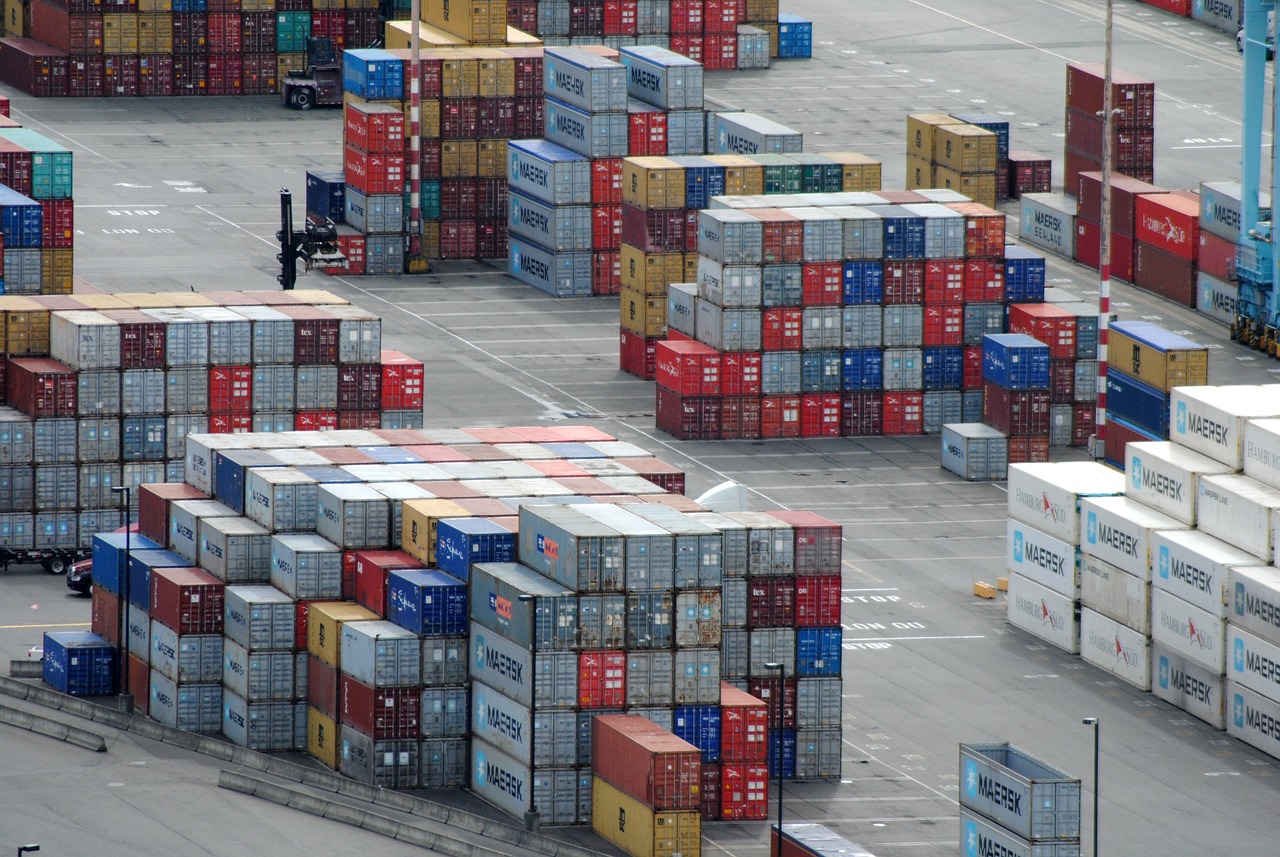
Hungary's top five export markets were Germany, Italy, Romania, Austria, and Poland in the first half of 2024.Continue reading

External trade in goods showed a surplus of EUR 949M in September, as reported by the Hungarian Central Statistical Office (KSH). Adjusted data revealed exports rose by 0.9% and imports by 0.8% compared to August. However, year-on-year comparisons indicated a 3.5% decline in exports and a 0.3% drop in imports.
From January to September, Hungary recorded a trade surplus of EUR 9.3B, with exports amounting to EUR 108B and imports to EUR 99B. This marked a EUR 2.6B improvement over the same period in 2023, despite exports declining by 2% and imports by 4.2%. The September surplus was EUR 284M smaller than the initial estimate, reflecting continued economic pressures.
Trade with EU27 countries accounted for 76% of exports and 71% of imports.
Exports to the bloc fell by 4.2%, while imports rose by 3.9%, leading to a surplus of EUR 1.28B. Conversely, trade with non-EU countries saw a 1.1% drop in exports and an 8.7% decrease in imports, reducing the deficit to EUR 336M.

Monthly changes in import and export. Picture: ksh.hu
Sectoral trends revealed significant shifts. Machinery and transport equipment exports fell by 4.4%, with notable declines in electrical machinery and motor vehicles. Energy product exports dropped by 22%, mainly due to reduced petroleum and gas shipments, while imports rose by 5.6%, driven by increased electricity purchases. Manufactured goods exports increased by 0.8%, supported by strong pharmaceutical shipments.
Foreign trade reflects mixed signals: steady month-on-month growth and a widening annual surplus, tempered by declining export volumes in key sectors. While positive trends in pharmaceuticals and energy imports provide some optimism, overall challenges in global demand and sector-specific declines persist.
Via MTI; Featured Image: Pixabay